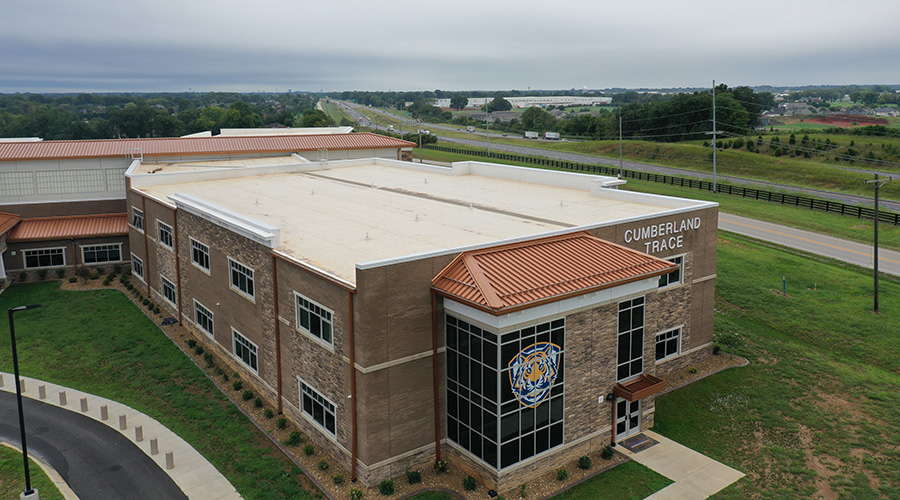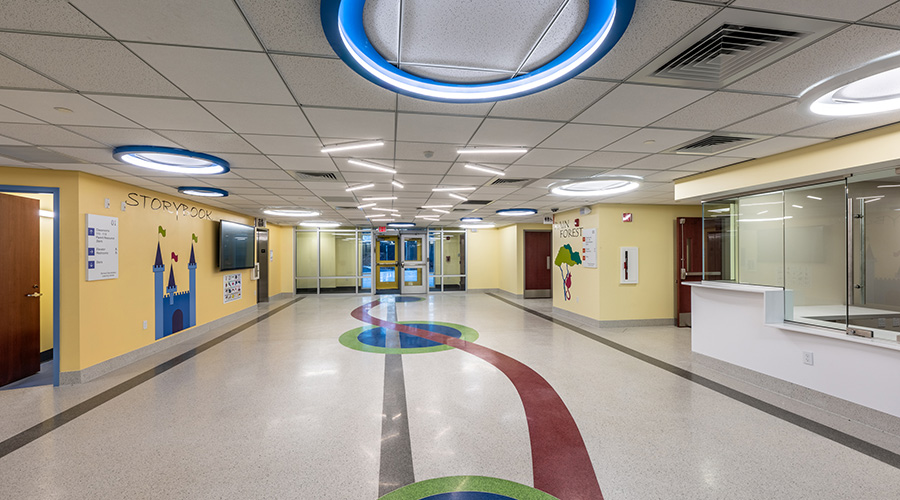Green Schools The Hottest Market For Green Building
The education sector is the fastest growing market for green building, according to a new report from McGraw-Hill Construction (MHC).
The education sector is the fastest growing market for green building, according to a new report from McGraw-Hill Construction (MHC).
The report was co-sponsored by the U.S. Green Building Council (USGBC) and the Council of Educational Facility Planners International (CEFPI), and surveyed “green leaders” – owners and facility managers of green schools and universities – as well as the membership of CEFPI. The study found that “increased health and well-being,” “energy cost increases” and “productivity benefits” were among the top motivators for green building.
"Given the fact that education construction is worth $53 billion overall and the market indicators point to strong green building growth in this sector, we expect the green building share to be significant in five years," says Harvey M. Bernstein, McGraw-Hill construction vice president of industry analytics, alliances and strategic initiatives. "Research like this will help shed light on this important area of green building - and help us to make the case to truly provide our nation's students with environments that will maximize their learning."
The study also found:
- The concern for "improved health and well-being" was the most critical social reason for driving education green building-a factor that was not as highly rated in research previously conducted by MHC into the commercial and residential green building markets;
- Fiscal advantages of green building, such as energy cost savings, are the major motivation behind the building of green schools and universities;
- Higher first costs are the primary challenge to building green in this sector, though recent studies by Capital E and Davis Langdon point to minor increases in first cost increases, which are more than recouped in operational cost savings;
- "Operational cost decreases" resulting from green building is the most important trigger to faster adoption of green school building;
- A strong need for access to and information on green building products, particularly those relating to improving health, such as reducing mold and indoor air pollutants;
- Across the board, the industry is calling for independent, third-party standards for green building products.
Related Topics:











